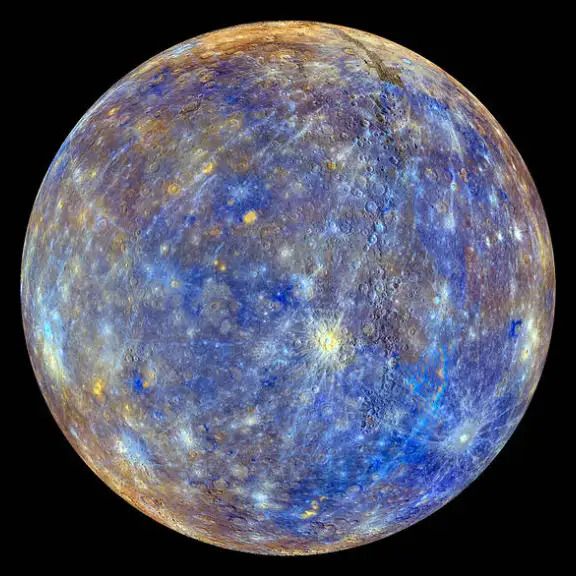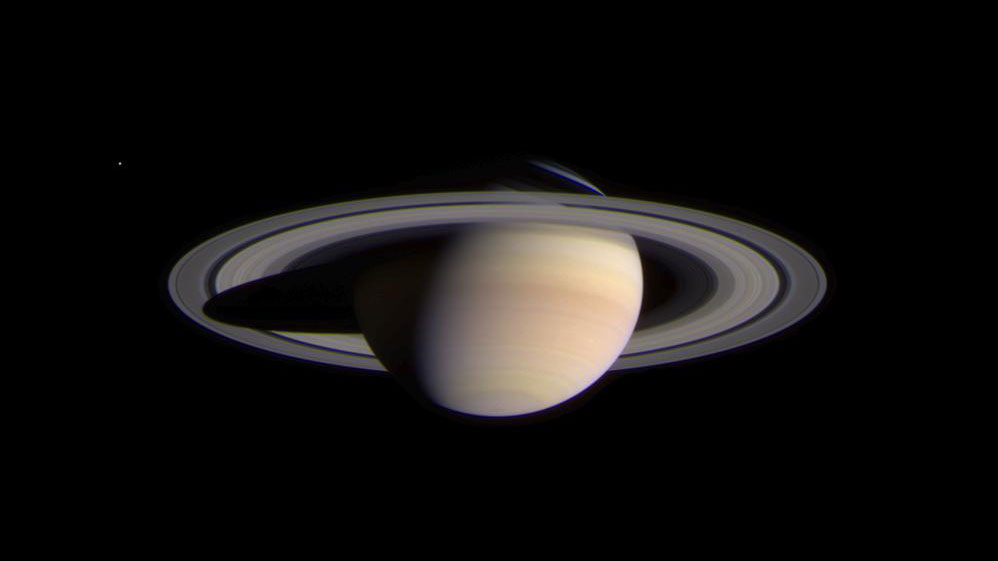The solar system can be defined as 8 planets, a star, a couple hundred meterors meterorites and asteroids, plus some moons and dwarf planets along with it.
The Sun is the largest celestial body in the Solar System.
The sun is so big that it takes more than 99% of the mass of the Solar System.
The sun is millions of degrees of any heat measurement.
About 1000 Jupiter can fit in the sun if it was a hollow shell (For refrence:Jupiter is the largest planet in the Solar ystem.)

Mercury is the smallest planet barely even bigger than Earth's moon and the closet to the sun in the Solar System leaveing it to have the least ammount of days in a year out of all the planets.
There isn't really a offical date that it was first found and had many connections to civilazations in Eurasia and Africa.
Mercury was named after the roman god of speed and the messenger god.
Despite being so close to the sun, there is a big layer of ice that covers the entire planet.
Venus is the second planet in the Solar System as well as the third smallest planet in the Solar System.
Venus is the hottest planet in the Solar System getting as hot as 870 Fahrenheit (465 Celsils).
The surface pressure is 92 times that of Earth's, equivalent to being about 3,000 feet underwater.
It rains sulfuric acid otherwise known as acid rain that is very corrosive.
Earth is the third planet in the Solar System and is the fifth largest planet in the Solar System
Earth is the only known planet in the Solar System to hold life.
there is teccnically more wate than land on Earth.
The word Earth is a Germanic word meaning "the ground".
Mars is the second largest planet in the Solar System and is the forth planet in the Solar System
It is said to be possible to be habitable to life many years ago
It was predicted that there were bodies of water leaving the life theory to be more supported
1 year on mars is about 1.5 earth years.
Jupiter is the largest planet in the solar system and the fifth planet after Mars.
Jupiter had a red dot on the surface of it as it is a giant ball of storms.
Jupiter has to this day 95 reconized moons.
Jupiter is a failed and first started forming with the sun as it is a successful star.

Saturn is the sixth planet in the Solar System and is the second largest>
Saturn is mainly just a big ball of hydrogen and helium.
Saturn's rings are made up of dust and other
Saturn has 146 moons in its orbit, with others continually awaiting confirmation of their discovery and official naming by the International Astronomical Union.
Uranus is the 7th planet in the Solar System and is the 3rd biggest as well in the Solar System.
The Name Uranus comes from the greek god of the sky as he was the sky.
William Herschel tried unsuccessfully to name his discovery Georgium Sidus after King George III.
If Earth was the size of a nickel, Uranus would be about as big as a softball.

Neptune is the eighth, and most distant planet from the Sun. It's the fourth largest also in the Solar System.
Neptune Was the first planet that was found with math.
Galileo recorded Neptune as a fixed star during observations with his small telescope in 1612 and 1613.
One day on Neptune takes about 16 hours (the time it takes for Neptune to rotate or spin once).